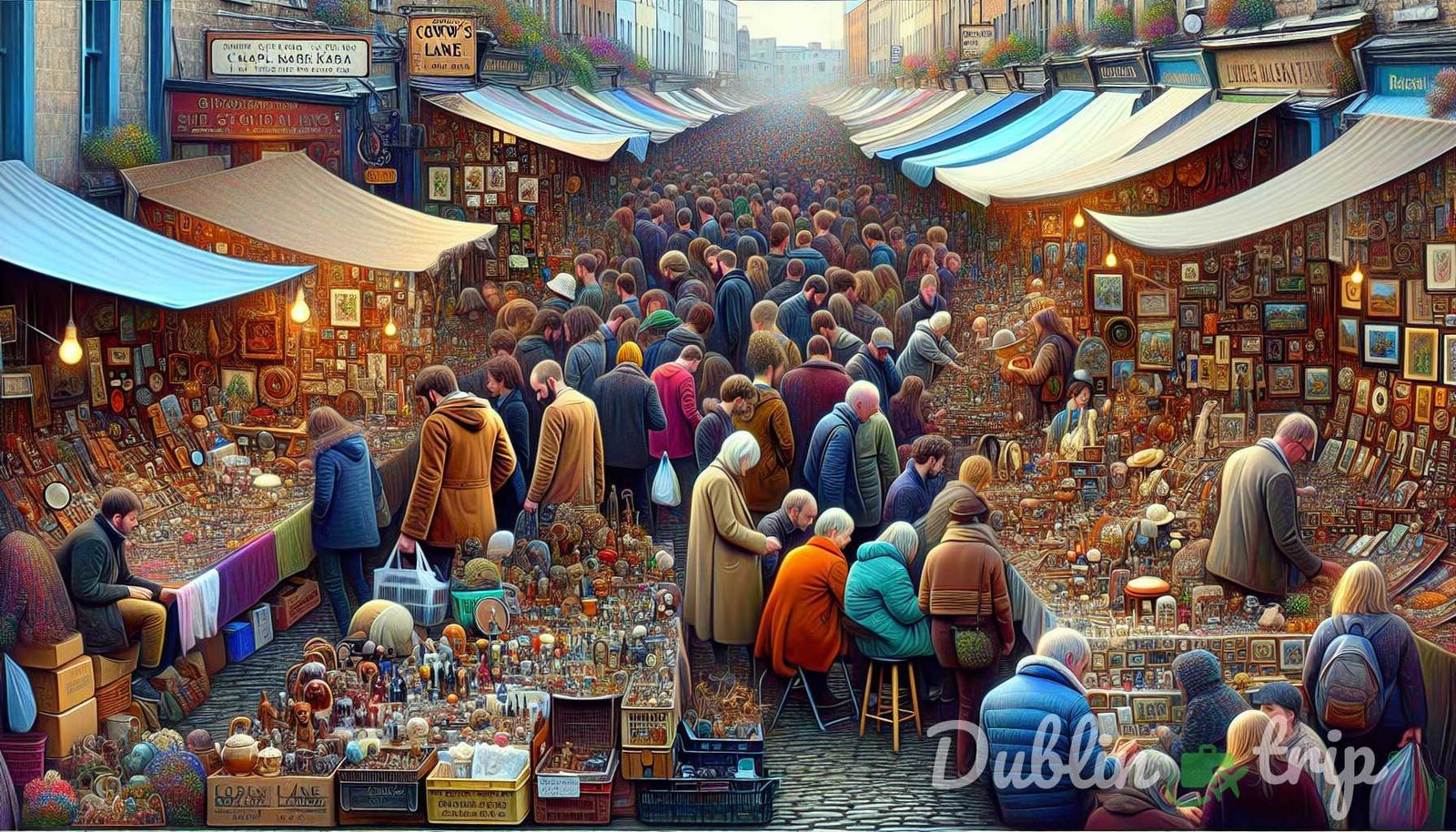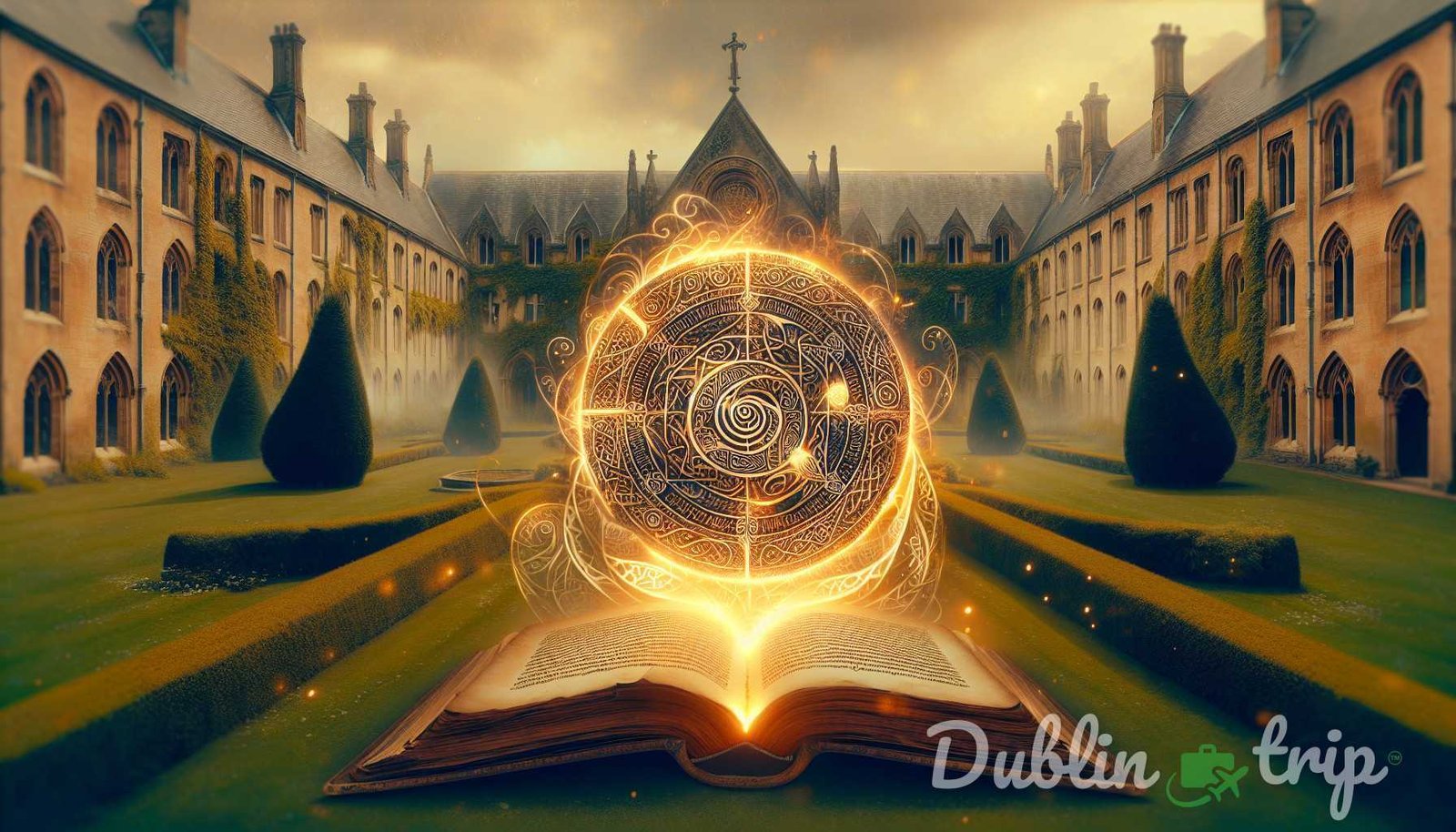Unveiling Dublins Secret Gems: A Captivating Journey into Irelands Enigmatic Historical Landmarks |
Discovering Dublin’s Hidden Treasures: Journey into Ireland’s Enigmatic Historical Landmarks
An Introduction to Dublin’s Secrets
Dublin, the capital city of Ireland, is renowned for its rich history and cultural heritage. Nestled on the east coast of the Emerald Isle, Dublin is a vibrant and thriving city that boasts a wealth of historical landmarks and heritage sites. While popular attractions such as the Guinness Storehouse and Trinity College receive much attention from tourists, there are hidden treasures waiting to be discovered in Dublin. In this article, we will take you on a journey into Dublin’s enigmatic historical landmarks, uncovering the secrets that lie beneath the surface of this captivating city.
The Temple Bar Tales
One of Dublin’s most iconic neighborhoods is the Temple Bar area. Known for its vibrant nightlife and bustling atmosphere, Temple Bar also hides a treasure trove of historical secrets. From its cobbled streets to its colorful pubs, there is much to explore and discover in this eclectic part of the city.
According to an article available at Dublin-Trip.fun, the history of Temple Bar dates back to the 17th century when it was a popular spot for merchants and traders. The area was named after Sir William Temple, a renowned lawyer and politician. Today, it is a hub for arts and entertainment, with numerous galleries, theaters, and music venues offering a diverse range of cultural experiences.One of the must-visit attractions in Temple Bar is The Temple Bar Pub, which holds the reputation of being one of Dublin’s oldest pubs. With its traditional facade and lively atmosphere, The Temple Bar Pub is a quintessential Irish experience. Visitors can enjoy live music sessions, traditional Irish cuisine, and a wide selection of Irish whiskeys. The pub is often crowded with locals and tourists alike, creating a truly authentic Dublin experience.

Another hidden gem in the Temple Bar area is the Cow’s Lane Market. This market, which takes place every Saturday, offers a variety of crafts, antiques, and vintage items. The market is a great place to find unique souvenirs and gifts, as well as to immerse yourself in the vibrant atmosphere of Dublin’s creative community.
Kilmainham Gaol: Where History Comes to Life
Continuing our journey into Dublin’s historical landmarks, we come across Kilmainham Gaol, a former prison that played a significant role in Ireland’s struggle for independence. Kilmainham Gaol, pronounced “jail,” is a powerful symbol of the fight for Irish freedom and the sacrifices made by those who sought it.
An article available at Dublin-Trip.fun explains that Kilmainham Gaol was originally built in 1796 and served as a prison until 1924. Over the years, it housed various inmates, including political prisoners, rebels, and even children. Many famous figures in Irish history, such as Robert Emmet and Charles Stewart Parnell, were imprisoned within its walls.Today, Kilmainham Gaol stands as a museum and a memorial to Ireland’s turbulent past. Visitors can take guided tours of the prison, exploring its dark corridors and cells while learning about the history of Irish nationalism. The tour provides a fascinating insight into the harsh conditions endured by prisoners and the stories of their courage and resilience.
One of the most significant events associated with Kilmainham Gaol is the Easter Rising of 1916. Several leaders of the rebellion were held in the prison before they were executed by firing squad. The leaders, including James Connolly and Joseph Plunkett, have since become martyrs in the eyes of the Irish people, and their stories are intricately woven into the narrative of Kilmainham Gaol.
Unearthing Dublin’s Dublins Secrets
The Book of Kells: A Medieval Masterpiece

Nestled within the grounds of Trinity College, the Book of Kells is one of Ireland’s most treasured and well-known historical artifacts. Dating back to the 9th century, this illuminated manuscript is a masterpiece of Celtic art and calligraphy.
The Book of Kells is renowned for its intricate illustrations and ornate lettering, which depict biblical scenes and symbols. It is written in Latin and contains the four Gospels of the New Testament. The book is named after the Abbey of Kells in County Meath, where it was housed for several centuries before being moved to Trinity College in the 17th century.
To protect the fragile manuscript, only a few pages are on display at a time in the Old Library of Trinity College. Visitors can admire the exquisite craftsmanship and learn about the history and significance of the Book of Kells through interactive exhibits and informative displays.
In addition to the Book of Kells, the Old Library is home to the Long Room, a stunning chamber lined with thousands of rare books and manuscripts. The Long Room, with its arched ceiling and wooden shelves, transports visitors back in time, providing a glimpse into the world of academia and knowledge.
St. Patrick’s Cathedral: A Testament to Faith
No visit to Dublin would be complete without a visit to St. Patrick’s Cathedral, Ireland’s largest church and one of the country’s most iconic landmarks. Built in the 12th century, this magnificent Gothic cathedral stands as a testament to the enduring power of faith and the influence of Christianity in Ireland.

St. Patrick’s Cathedral is closely associated with Ireland’s patron saint, St. Patrick, who is said to have baptized converts to Christianity in a well located on the site. The cathedral’s interior is breathtaking, with soaring columns, exquisite stained glass windows, and intricate stone carvings.
Renowned figures such as Jonathan Swift, the author of “Gulliver’s Travels,” and his beloved companion Stella are buried within the cathedral’s walls. Their memorials and tombstones can still be seen today, adding an air of history and reverence to the building.
Visitors can take guided tours of the cathedral, learning about its history, architecture, and the role it has played in Irish society. The cathedral also hosts regular services, concerts, and events that celebrate Ireland’s rich cultural heritage.
Conclusion
Dublin’s historical landmarks and hidden treasures are a testament to the city’s fascinating history and enduring legacy. From the vibrant atmosphere of Temple Bar to the somber halls of Kilmainham Gaol, these landmarks provide a glimpse into the stories and struggles of the Irish people.
Whether you are a history enthusiast or simply looking to immerse yourself in Dublin’s rich culture, exploring these enigmatic historical sites is a must. As you uncover Dublin’s secrets, you will gain a deeper appreciation for the city and the indelible mark it has left on the world.
So go forth and embark on a journey into Dublin’s hidden treasures, where history comes alive, and the past intertwines with the present. Discover the secrets that lie beneath the surface of this captivating city, and let its enigmatic historical landmarks guide you through the fascinating story of Dublin.







